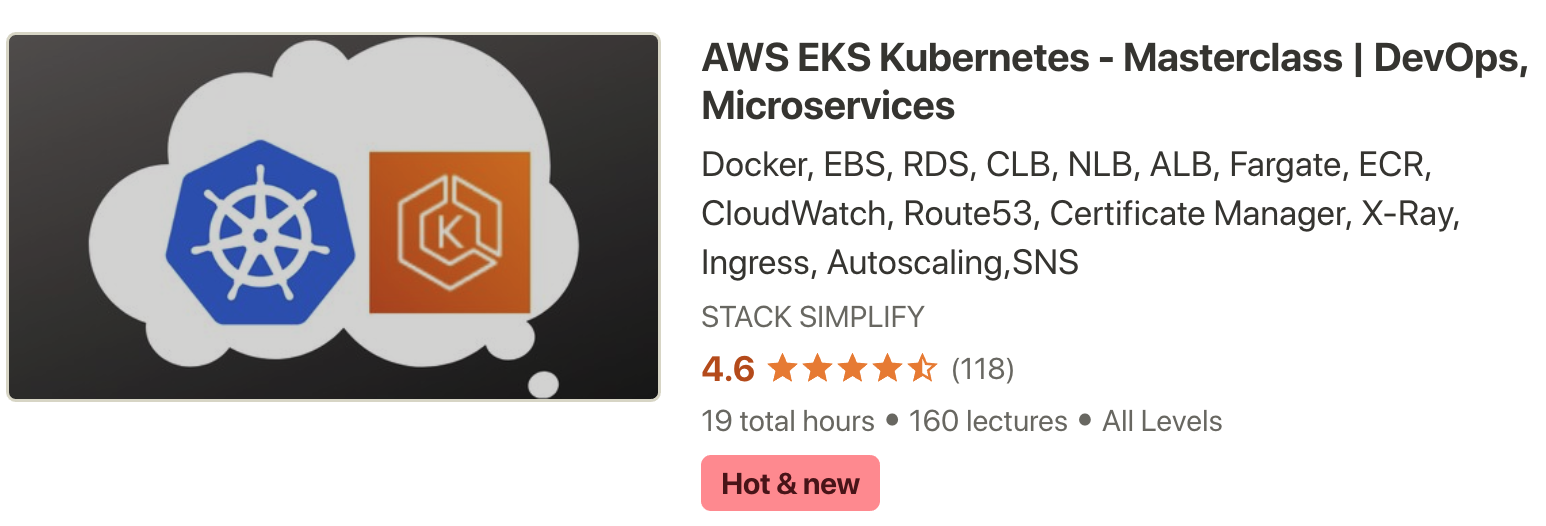Services with YAML
Step-01: Introduction to Services
- We are going to look in to below two services in detail with a frotnend and backend example
- NodePort Service
- ClusterIP Service
Kubernetes Manifests
Step-02: Create Backend Deployment & Cluster IP Service
- Write the Deployment template for backend REST application.
- Write the Cluster IP service template for backend REST application.
- Important Notes:
- Name of Cluster IP service should be
name: my-backend-service because same is configured in frontend nginx reverse proxy default.conf.
- Test with different name and understand the issue we face
cd <Course-Repo>\kubernetes-fundamentals\10-Services-with-YAML\kube-manifests
kubectl get all
kubectl apply -f 01-backend-deployment.yml -f 02-backend-clusterip-service.yml
kubectl get all
Step-03: Create Frontend Deployment & NodePort Service
- Write the Deployment template for frontend Nginx Application
- Write the NodePort service template for frontend Nginx Application
cd <Course-Repo>\kubernetes-fundamentals\10-Services-with-YAML\kube-manifests
kubectl get all
kubectl apply -f 03-frontend-deployment.yml -f 04-frontend-nodeport-service.yml
kubectl get all
- Access REST Application
# Get External IP of nodes using
kubectl get nodes -o wide
# Access REST Application (Port is static 31234 configured in frontend service template)
http://<node1-public-ip>:31234/hello
AWS EKS - Elastic Kubernetes Service - Masterclass

Step-04: Delete & Recreate Objects using kubectl apply
Delete Objects (file by file)
kubectl delete -f 01-backend-deployment.yml -f 02-backend-clusterip-service.yml -f 03-frontend-deployment.yml -f 04-frontend-nodeport-service.yml
kubectl get all
Recreate Objects using YAML files in a folder
cd <Course-Repo>\kubernetes-fundamentals\10-Services-with-YAML
kubectl apply -f kube-manifests/
kubectl get all
Delete Objects using YAML files in folder
cd <Course-Repo>\kubernetes-fundamentals\10-Services-with-YAML
kubectl delete -f kube-manifests/
kubectl get all
Additional References - Use Label Selectors for get and delete
- https://kubernetes.io/docs/concepts/cluster-administration/manage-deployment/#using-labels-effectively
- https://kubernetes.io/docs/concepts/overview/working-with-objects/labels/#label-selectors
